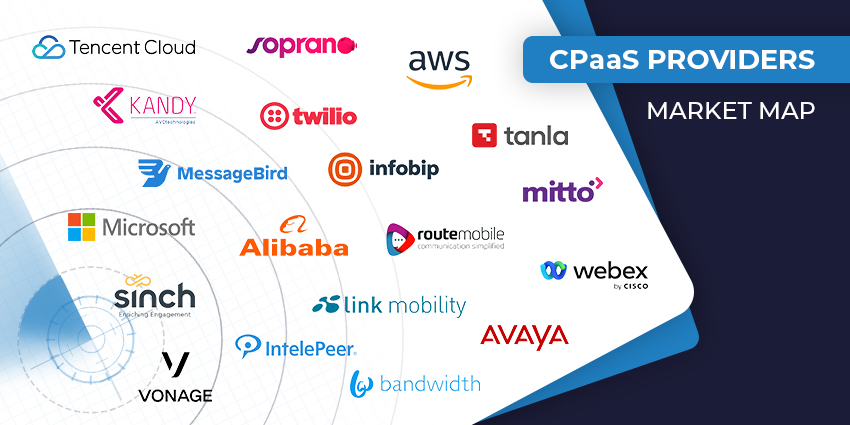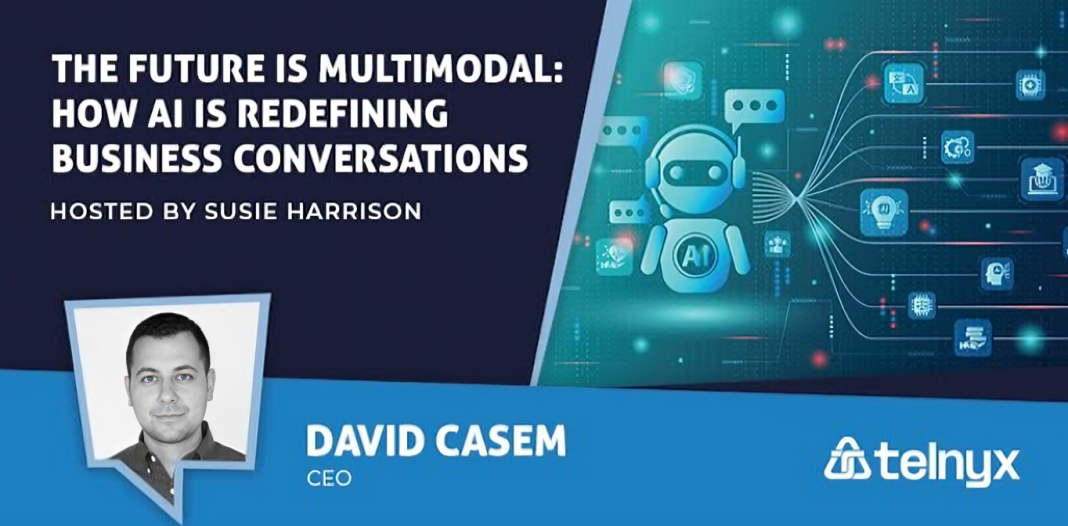Digital Transformation is a term that’s remained on virtually everyone’s lips for the last few years. The rise of new technology in the marketplace, combined with rapidly changing customer requirements, means that we’re all undergoing the same shift. However, it’s fair to say that the path to digital transformation sped up significantly since the 2020 pandemic.
CIO notes that around 2 years’ worth of digital transformation occurred within the months of May and June in 2020. To operate in a new environment where in-person interactions weren’t possible, individuals and businesses alike needed to shift to the online world.
Fortunately, there are a handful of technologies supporting the move to a more digitally transformed landscape. CPaaS, or Communication Platforms as a Service, is just one example. Similar to most as-a-service solution, this cloud-based tool is managed completely by providers, making it easily accessible.
CPaaS adds all kinds of real-time communication features to existing services and tools through APIs, from video chat, to email and SMS. In an environment forced to be agile, CPaaS is a godsend, simplifying rapid evolution.
Using CPaaS to Drive Digital Interactions
Even before the pandemic, technology was pushing a more real-time, remote, and mobile-enabled approach to communication between brands and customers. The COVID-19 virus simply accelerated the race to digitise and automate modern workflows.
As a solution for evolution in the current marketplace, CPaaS only costs a fraction of the expenses involved with building your own communication features in-house. For companies looking to improve customer engagement and experience, cloud-based integrations and communication channels can provide a more multi-channel experience, faster.
CPaaS channels also open the door to protect conversations and provide alternate connections during disasters, outages, and other issues. That means companies today are using CPaaS as the go-to solution for adding more diverse capabilities to their customer engagement strategies.
The Evolution of CPaaS in Digital Transformation
Initially, CPaaS seemed to be a simple solution for companies that wanted to add SMS and other basic omnichannel capabilities to their communication stack. Omni-channel messaging is emerging as a cornerstone for better customer experience. Companies can’t rely on a single platform for all of their conversations.
CPaaS isn’t just about adding new communication options into the customer journey, however. The great thing about this technology is that it also aligns multiple channels so that you have a more end-to-end view of the customer journey. You can stitch together the SMS, voice, video, and A2P solutions within your communications landscape, to access better data and provide a consistent experience to customers.
CPaaS is essentially the next generation of integrated communications. Most communication frameworks do have some gaps and blind spots in the way that they communicate with each other, customers, and vendors. CPaaS architecture allows organisations to leverage video, voice, and messaging. The growth in the CPaaS market is undoubtedly aligned with emerging trends in consumer-facing communications, and the rising demand for better customer experiences. With CPaaS, companies can build contextual avenues for communications that augment customer experience from start to finish.
Before CPaaS, combining multiple communication points within the customer journey was a complicated and expensive process. Now, it’s as simple as aligning the right APIs with your existing communications platforms.
How CPaaS IS Digitally Transforming Customer Experience
CPaaS today isn’t just a tool for adding things like SMS to your existing stack. Today’s companies can access the same open solutions for AI innovations, video recording, and even security strategies. CPaaS allows companies to take a human-centred approach to digital transformation. It helps businesses to focus on meeting the evolving needs of their clients, without having to invest in huge amounts of technology from day one.
CPaaS environments don’t require excessive coding, debugging and scaling complications. Companies can work with CPaaS providers to build no-code solutions that make their platforms more comprehensive and effective. The right APIs allow companies to address customer demands in things like:
- Omnichannel connected journeys: As mentioned above, one of the major benefits of CPaaS is that it allows companies to create omnichannel environments for customer experience, without having to build on-site technology. All you need is an API to add a new channel to your existing communication stack, and everything stays connected
- AI and machine learning: CPaaS solutions can bring intelligent components into the customer experience. Solutions exist for everything from sentiment analysis, to intelligent assistants, chatbots, and even smart recording. The result is better insights for companies and stronger experiences for customers
- Employee efficiency: Today’s teams are fully reliant on digital connections – more than ever before. These employees are often working in remote and dispersed environments, where they don’t have access to the same support they’d have in the office. The CPaaS landscape ensures that business leaders can provide teams with a single pane of glass for all of their communication needs
- Endless flexibility: Companies can do a lot more than simply add new features to a communication system with CPaaS. They can also align those capabilities in a variety of exciting ways, adding things like security systems that protect against scam calling and toll fraud, or CRM integrations that offer deeper insights into the customer journey
- Business agility: As the marketplace continues to evolve, companies need to be able to shift to suit the needs of their target audience. This means constantly scaling and adding new features or functionality. The right CPaaS solution means that companies can adapt at a pace that suits their budget, and their consumers
The Continued Evolution of CPaaS
CPaaS has been a game-changer in the business landscape for communication. In the customer experience space, CPaaS streamlines connectivity through singular APIs and easy-to-use tools, so that there’s no limit to the kind of cohesive service a company can deliver.
In an ever-changing marketplace, CPaaS gives businesses the freedom to serve their customers in the way that suits them, without having to worry about massive initial investments and tons of on-site coding. CPaaS is the ultimate, flexible solution for digital transformation.







